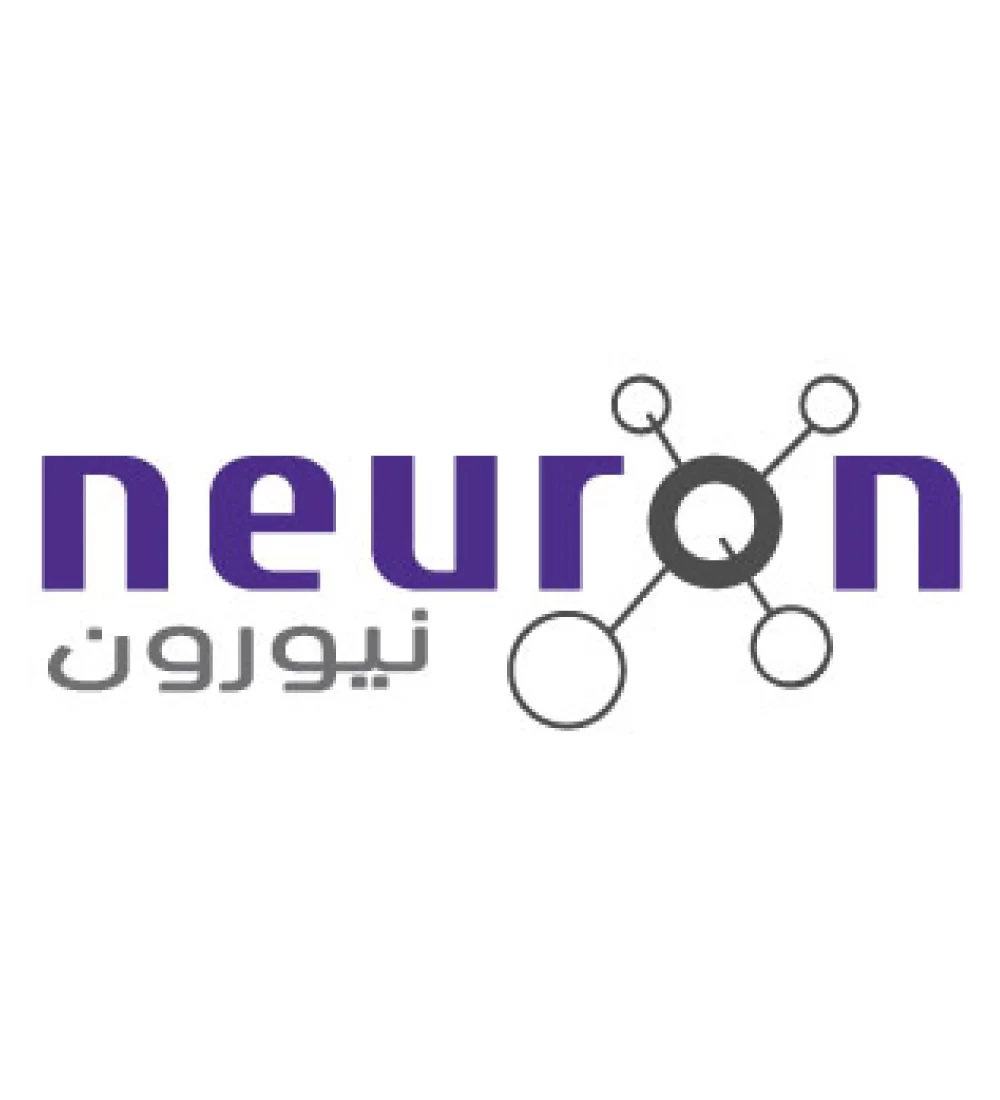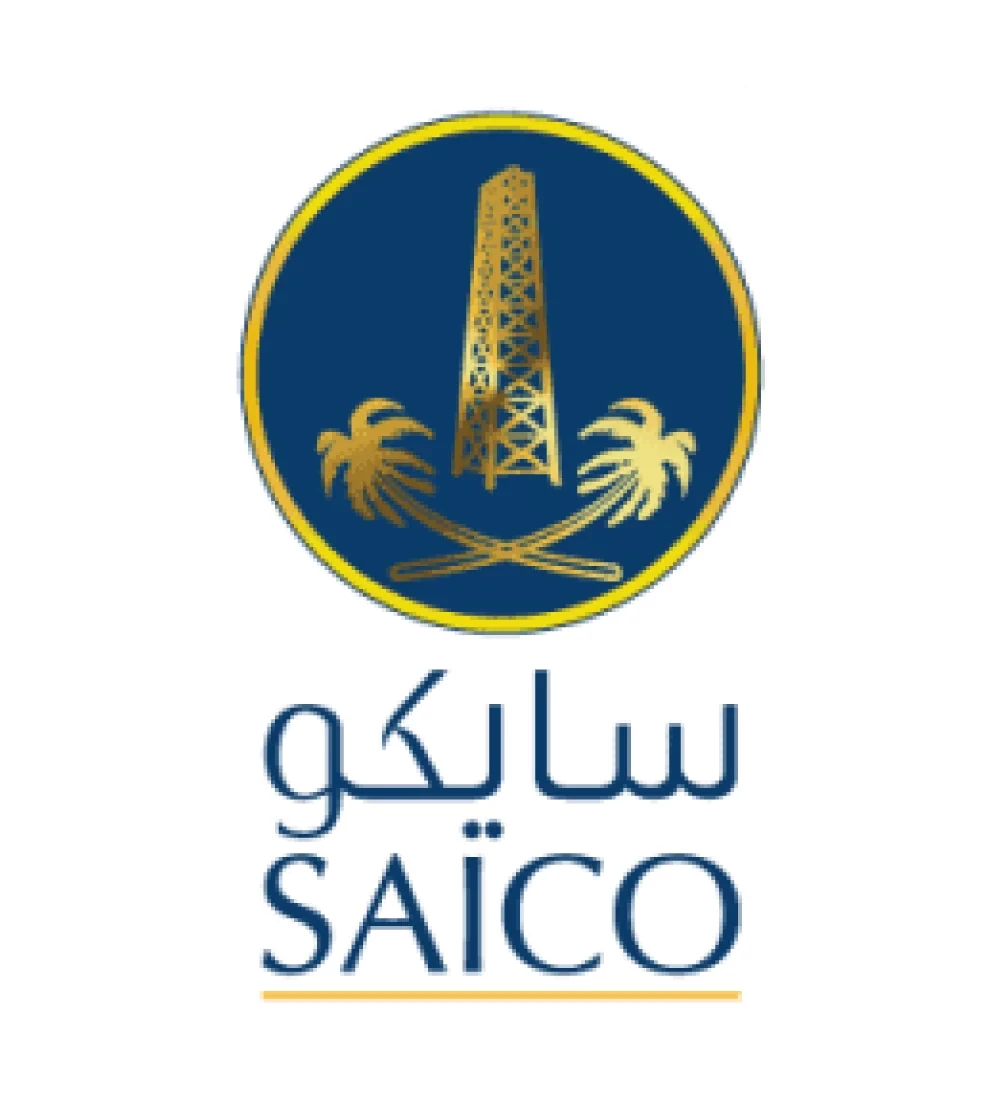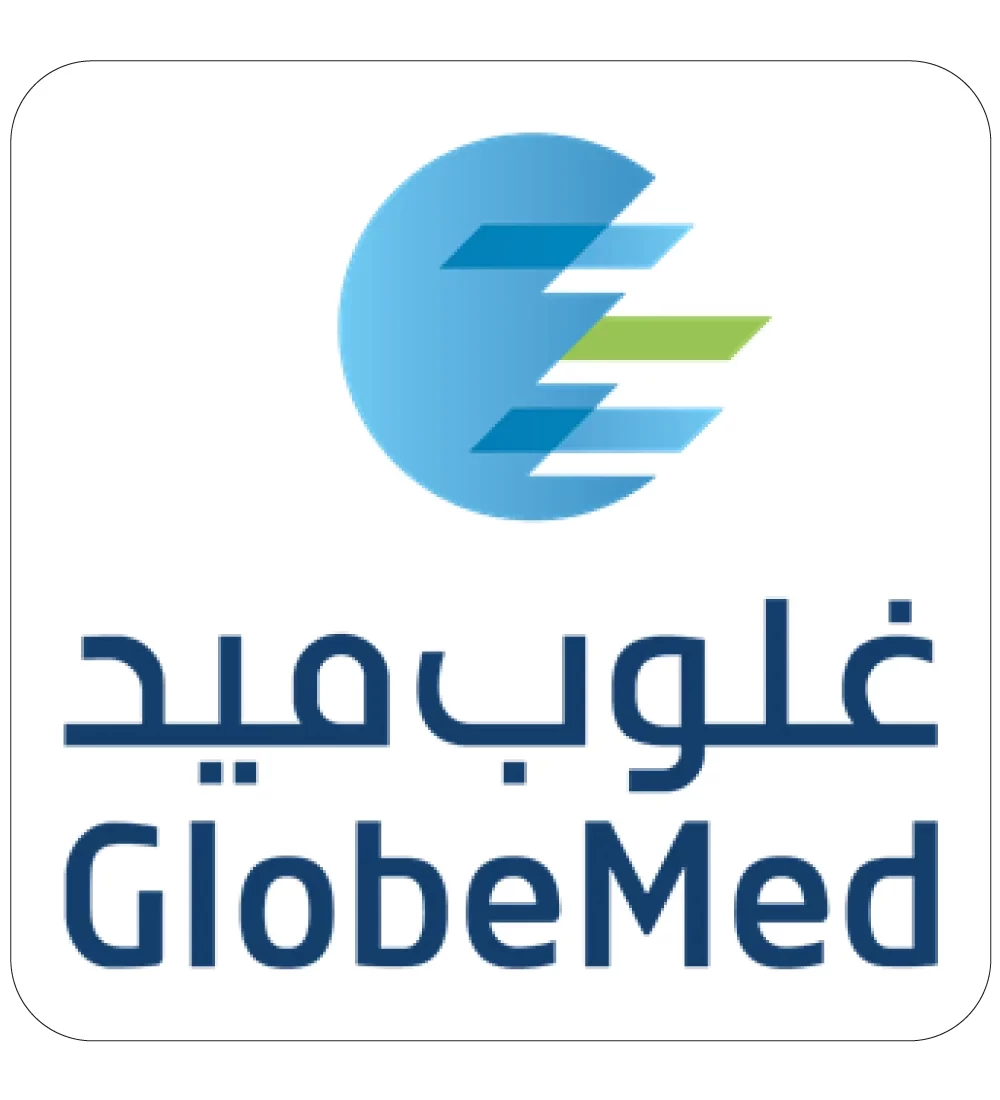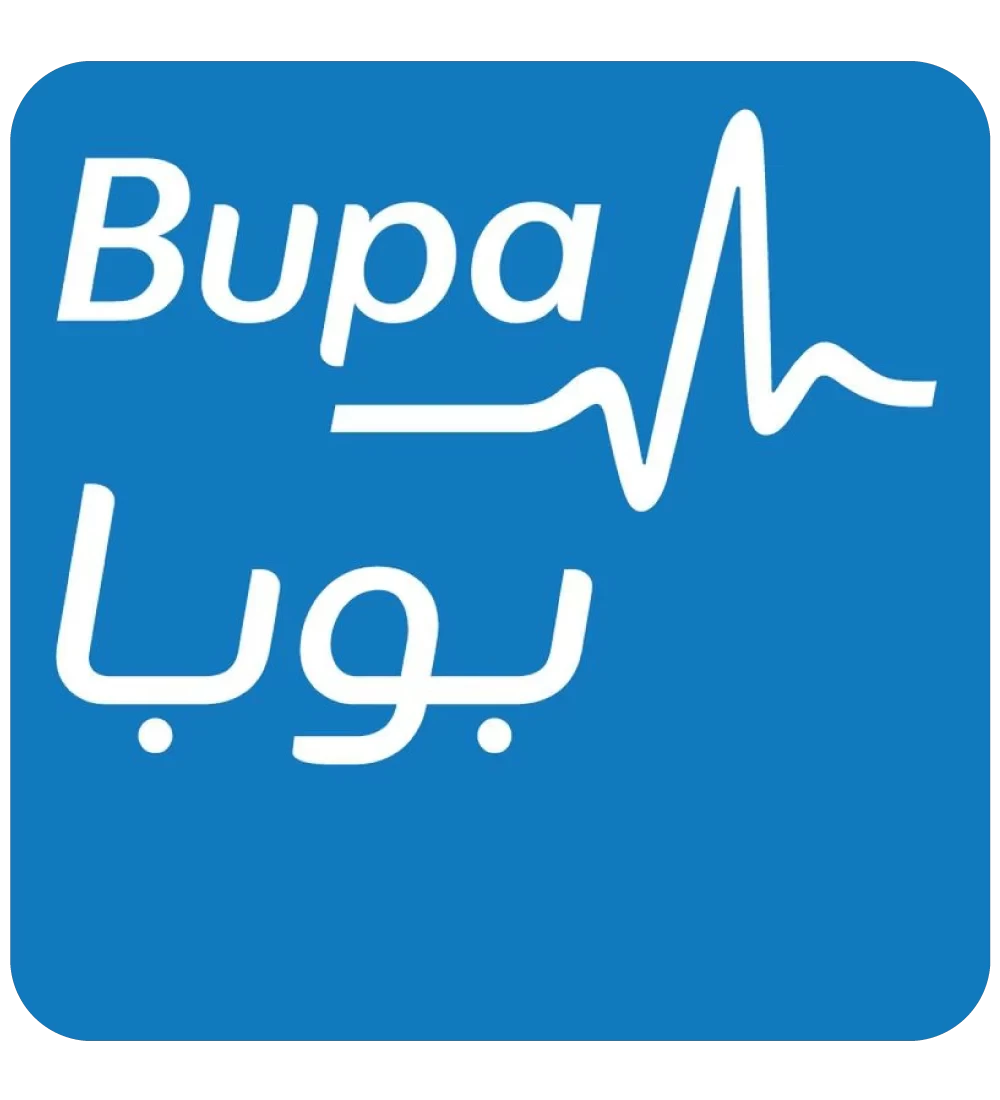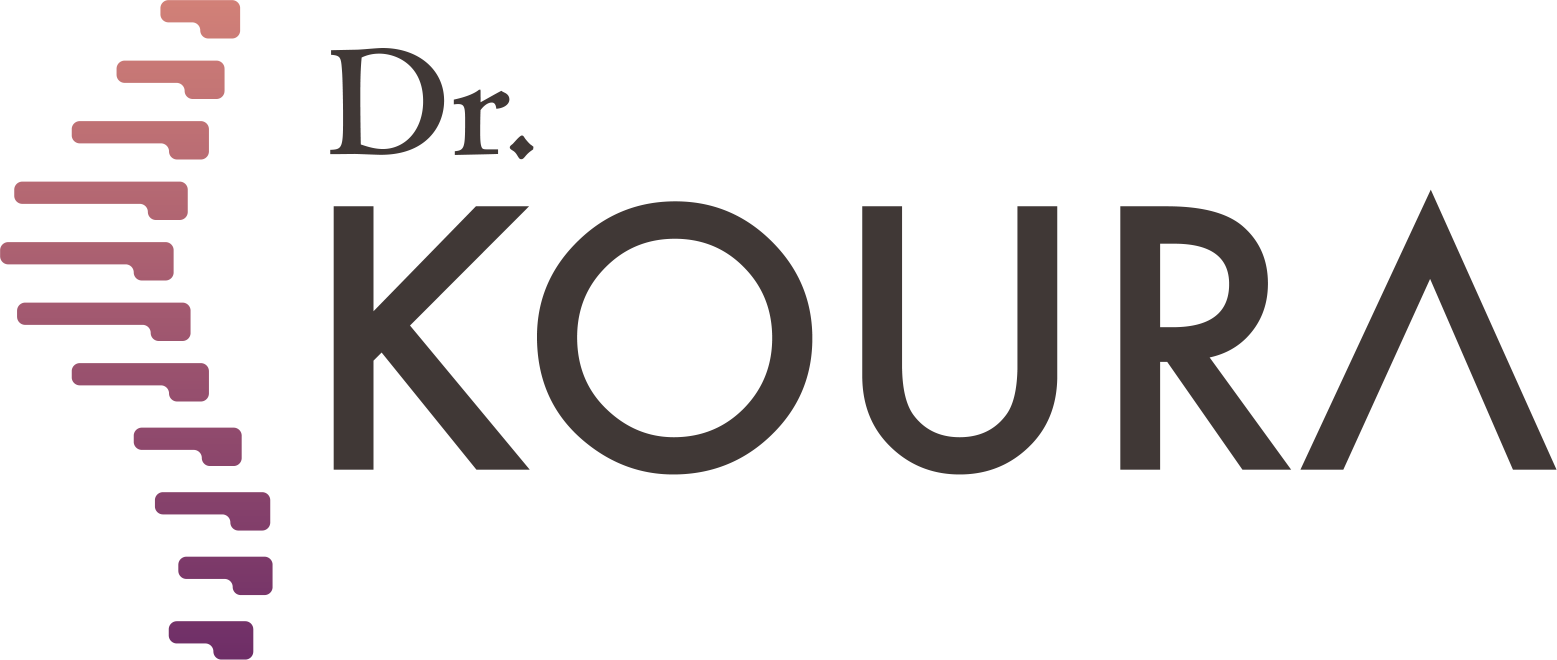
To see patients' reviews
Click hereHip joint arthritis
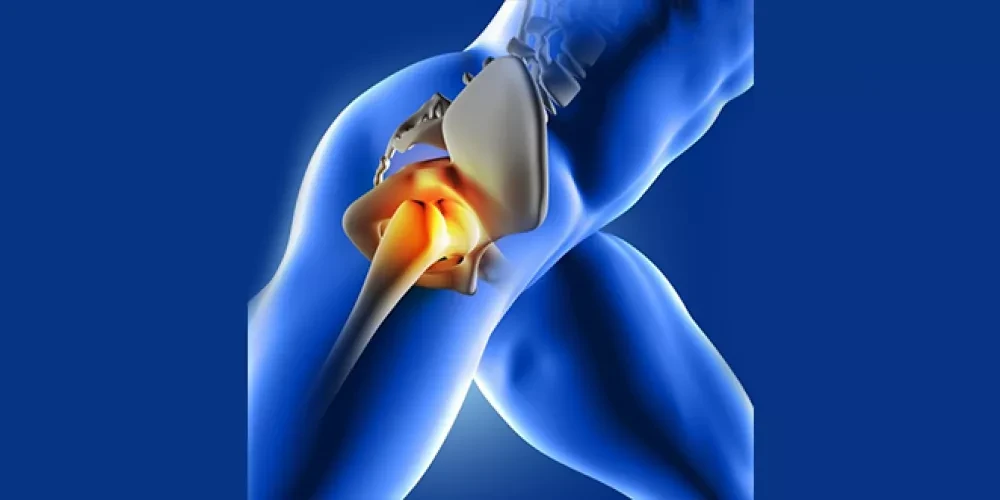

Hip joint stiffness or arthritis has become more common among people and is one of the most prevalent health issues affecting many lives, especially the elderly. The pain caused by this condition can be intense, restricting the movement of patients and reducing their overall quality of life. With advancements in medical and technological fields, new methods for treating body joints without traditional surgery have emerged. Dr. Mohamed Koura, a leading expert in spinal and joint care, and one of the pioneers in interventional pain management in Egypt and the Middle East, is committed to improving patient comfort and life quality by providing the latest treatment techniques.
What are the most common causes and symptoms of hip joint arthritis?
Hip joint arthritis occurs when the cartilage that covers the bony ends of the hip joints wears away, causing the bones to rub together over time. This wear and tear causes severe pain and restricts joint movement. Common causes include genetic factors, autoimmune diseases, lifestyle factors like obesity, repetitive strain such as sports injuries, and others like cartilage degeneration and ligament inflammation.
Common symptoms of hip arthritis include pain in the ligaments and pelvis, which may radiate to the knee in some cases, resembling cartilage pain or sciatica. Joint stiffness after prolonged sitting or resting is also common. Patients may experience difficulty moving, affecting daily activities, and hear a grinding noise when moving the joint due to the bones rubbing together.
What are the main treatments for hip joint arthritis?
Treatment for hip arthritis includes traditional medication and physical therapy, with pain relievers and anti-inflammatory drugs used to reduce pain and inflammation. Physical therapy helps improve joint flexibility and strengthen the surrounding muscles. Laser therapy is also used to alleviate pain and swelling in the hip joints by stimulating cells in the affected area, speeding up healing and reducing pain, offering an effective and safe treatment without side effects.
Platelet-Rich Plasma (PRP) injections are a newer treatment that promotes tissue regeneration. Plasma is drawn from the patient's own blood and injected into the affected joint. This technique reduces inflammation, relieves pain, regenerates tissue, and stimulates the growth of new cells. Dr. Mohamed Koura is a pioneer in using this technique and has extensive experience in determining the correct dosage and injection site for optimal results.
Radiofrequency therapy is one of the most commonly used techniques for treating osteoarthritis. It reduces pain over a long period by sending thermal frequencies to the nerves surrounding the joint. This technique is highly effective and has no severe side effects. Thanks to Dr. Mohamed Koura's expertise in this field, treatments can be customized to each patient's individual condition for the best possible results.
Hip joint arthritis can also be treated with stem cell injections, improving joint movement and significantly relieving pain. Hyaluronic acid injections improve joint movement and reduce friction between the bones, acting as a cushion for the joint, decreasing pain, and increasing mobility. Hyaluronic acid injections are a suitable option for patients with varying degrees of hip joint stiffness.
What are the benefits of non-surgical treatments for hip arthritis?
Non-surgical treatments for osteoarthritis offer several advantages, making them an ideal option for patients. They avoid the risks associated with joint replacement surgery, as they are simple, safe, and do not require incisions, reducing complications and speeding up recovery. The procedure is performed in a fully sterile operating room with local anesthesia to minimize risks related to general anesthesia. Additionally, an interventional imaging device is used to precisely locate the nerve, improving treatment effectiveness and ensuring optimal results.
It is important to follow the doctor's instructions to stabilize the patient's condition and prevent pain from worsening, such as reducing joint pressure, avoiding strenuous exercises that may increase joint stress, and maintaining a healthy weight. Light, regular exercises can help strengthen muscles around the joints and improve flexibility.
Hip joint arthritis negatively impacts many people's lives, but advancements in medical science and interventional treatments have made it possible to provide patients with effective and safe solutions without the need for traditional surgery. This is what Dr. Mohamed Koura's center offers, providing advanced pain management and medical care. Patients can receive comprehensive treatment under the supervision of Dr. Mohamed Koura, who strives to create an integrated treatment environment that includes medical care and psychological support, allowing patients to focus on their recovery with peace of mind.
Dr. Mohamed Koura is here to assist you using the latest therapeutic techniques, including thermal radiofrequency and laser treatments for spinal pain without surgery—book your appointment now from here.
Why Choose Dr. Mohamed Koura ?
Simply because he is the best doctor in his feild. He stays updated on the latest treatment technologies through his participation in various international conferences with leading foreign doctors and experts. Finally, and most importantly, Dr. Mohamed Koura is the best doctor in Egypt and the Arab world, possessing 12 non-surgical techniques for treating spinal and joint problems. He was the first to introduce modern interventional treatment techniques in Egypt & the Middle East and is the only one using the disc fx technique to treat spinal pain.
To see patients' reviews
Click hereCertainly not, some cases must be treated surgically, and the most appropriate technique for the patient is determined through a medical examination and the presence of imaging studies.
No, it is necessary to make a reservation through a phone call or social media messages.
There are no risks or side effects associated with non-surgical pain interventions.
The patient needs only 3 to 4 days before they can travel comfortably, and the hospital stay does not exceed 6 to 8 hours.
A condition cannot be accurately assessed and a proper medical diagnosis made without a medical examination and recent imaging studies.
Yes, there are several payment methods available through Visa or electronic wallets by making a reservation on our website.
Certainly, obesity is one of the causes of knee osteoarthritis.
Radiofrequency activates the nerve and does not cause any damage to it.
Non-surgical interventions are a definitive treatment for some cases and pain relievers for other cases, which is determined by the doctor through a medical examination.
If the herniated disc is fully treated, there is a possibility of it reoccurring in some cases, such as not following the doctor's prescribed instructions after the intervention, experiencing an accident, or making a sudden wrong movement like lifting heavy objects.
The entire disc is not removed due to the presence of several risks and it may exacerbate the condition. Only the protruding part that causes pain is removed.
This cannot be done with radiofrequency, but it is performed through other techniques that Dr. Koura conducts.
The success or failure of non-surgical interventions cannot be judged through radiographic imaging because these procedures involve making subtle changes to critical parts to address the issue. Consequently, they do not produce significant changes to avoid potential complications in the future or damage to the spine and joints, which is our primary goal.
Spinal stenosis does not typically cause sciatica. In most cases, disc herniation is what may lead to sciatica. This does not necessarily mean that a patient with sciatica will also have spinal stenosis.
Sciatica may return if the patient does not adhere to the medical instructions provided by the doctor or in the event of an unexpected accident.
A life without pain without surgery
Once you book with Dr. Koura
Get rid of pain with just one call.. Book your appointment now with pain Management consultant Dr. Koura.
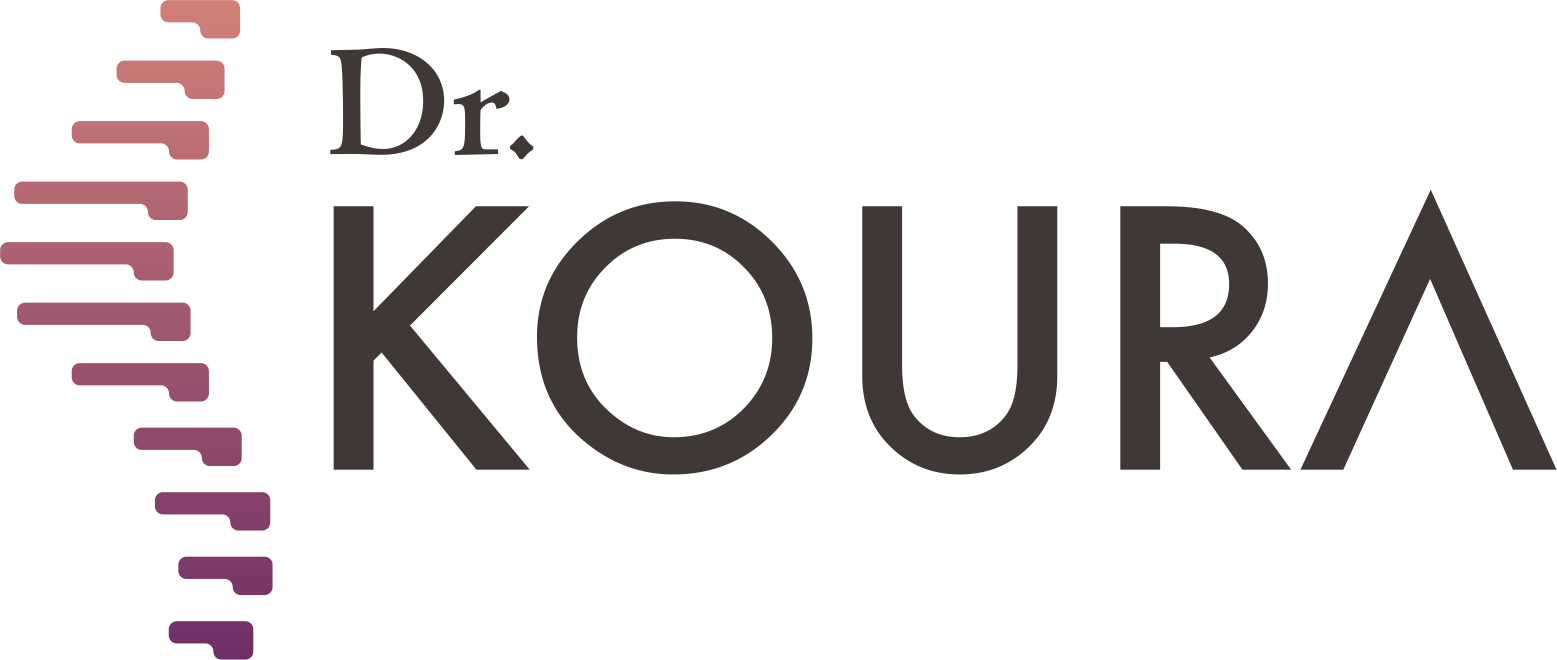





-webp.webp)




-webp.webp)







